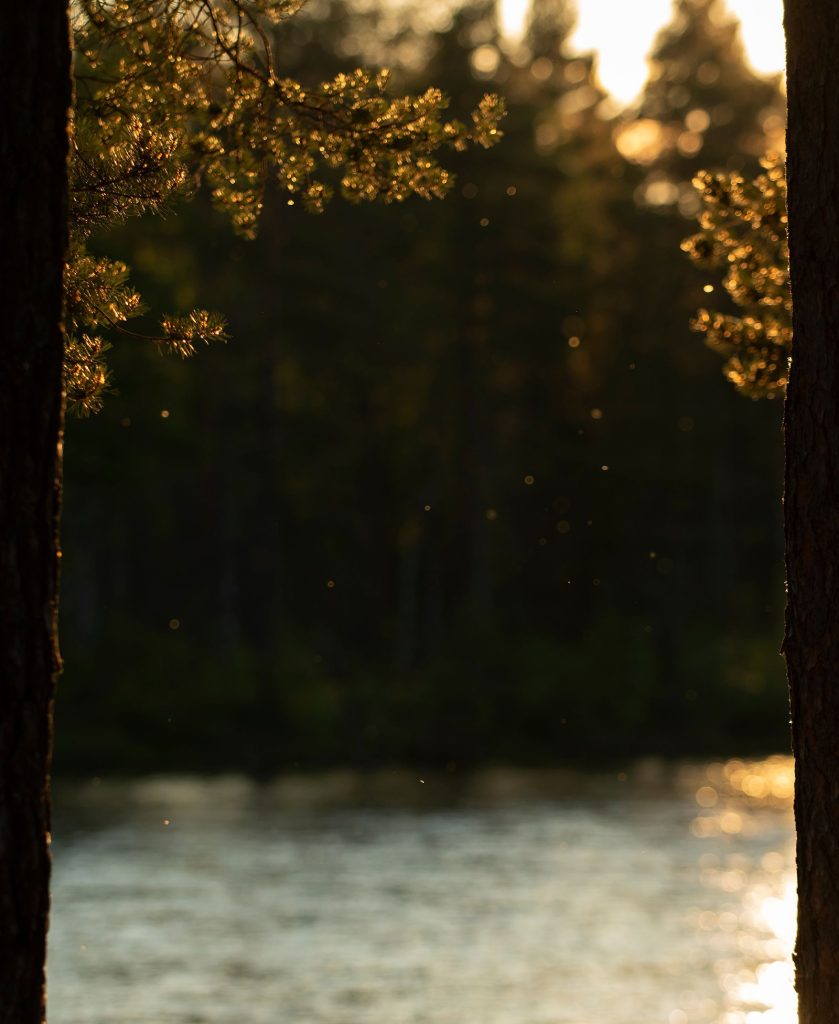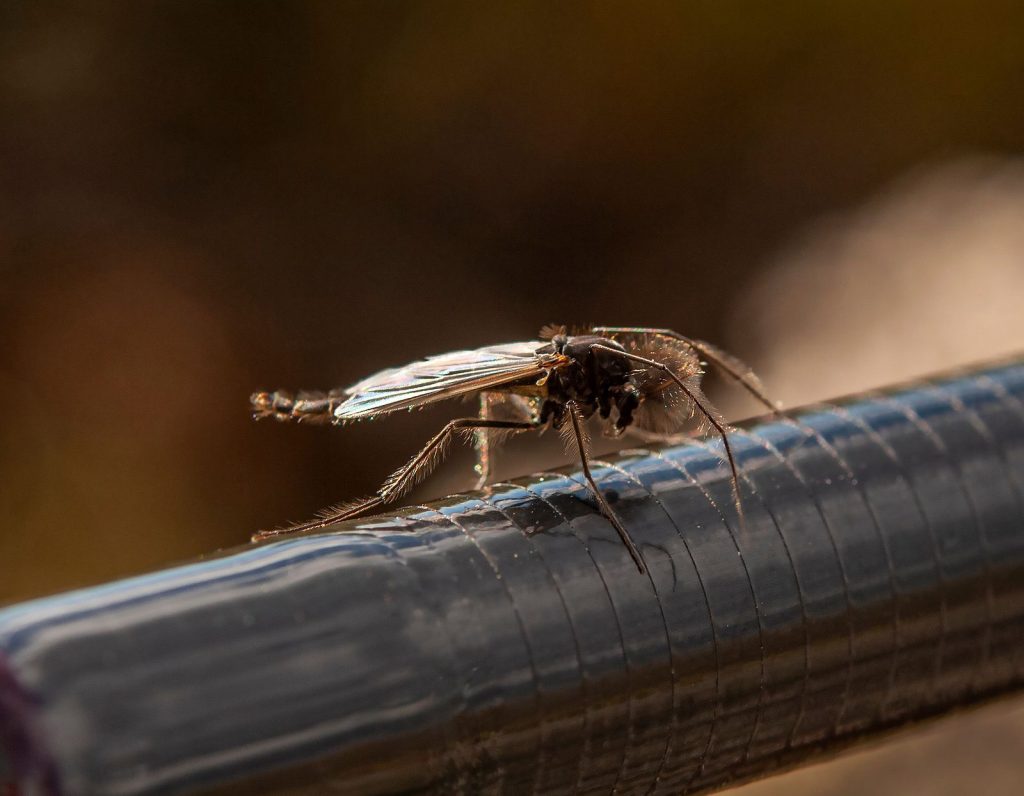
Late summer, early autumn and proximity to water leaves one certainty in life. Midges! Som love them (very few), some hate them (most) and some endure them (fly fishers). As fly fishers we must love them. Yes, sometimes there are so many that it’s impossible to do anything. You can go prepared – bug stopper clothing, repellant, mosquito net over the head and that helps. But dole always find their way in anyway. Especially the “knot” that most Scandinavians know. The smallest creature on the planet that can drive a seasoned anglers to insanity!

But a good hatch of midges offers some exciting and often extremely challenging fishing. Often the hatches are so dense that the placement of the fly has to be within inches. Often fish choose a “lane” and then rise as they slowly swim and keep that lane. So the fly needs to hit the lane – as a minimum. It happens on rare occasions, but sometimes a fish also rises in set intervals in that lane. And then, of course, as soon as you’ve figured it all out and landed the fly in the right spot, at the right time, the fish changes lanes. Exciting, frustrating and very rewarding when moon, stars and fly align with the fish.
The flies really aren’t important. Size is critical, very critical. I’d rather go one size smaller than one size too big. Whether it’s black, olive, grey, has divided wings, six legs and eyes really makes no difference. What does make a difference is the leader. On still water it needs to be long, thin and suit your cast so it lands fairly straight, but not entirely straight. And you need to fish thin, very thin, tippets and the part closest to the fly should sink just under the surface. Thin fluorocarbon solves that problem by it self, but I’m no fan of fluorocarbon, so I fish monofilament nylon and use a leader sinkant. Not much, just enough to help the leaders break under the surface film.

Photo: Matt Guymon / Freestone Rivers Photography.
I mentioned size is critical, which it is, but bear in mind that they’re not all size 28. Some of them are quite large, as big as a size 10.
One of the “Swiss-Army-knives-of-midge-flies” is the Griffith’s Gnat. It’s so easy and fast to tie and really does do well in imitation almost anything. Is small sizes it’s a good fly for midge hatches.
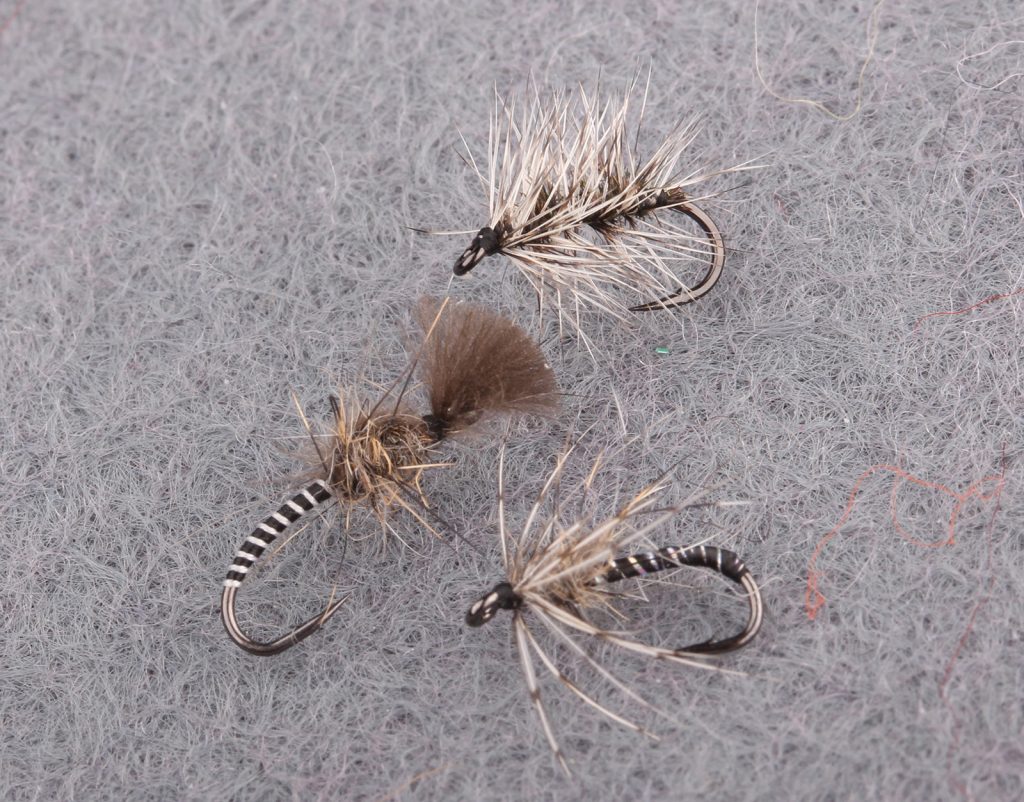
A trio of good flies. From top the Griffith’s Gnat, a suspending buzzer and Håkans simple midge.
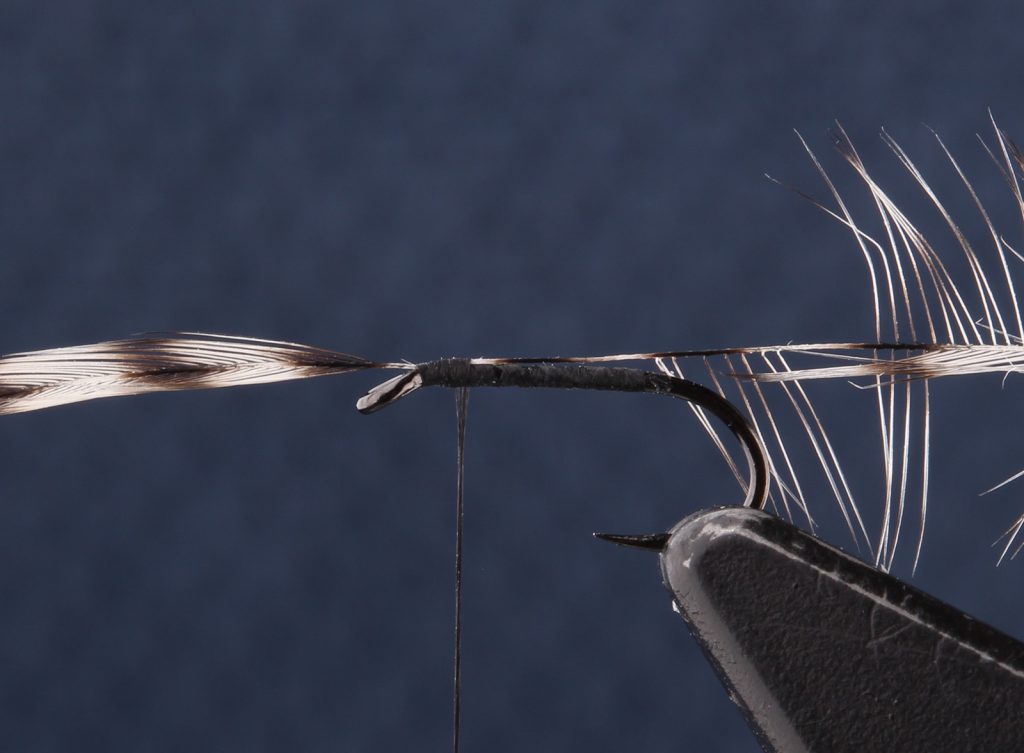
Hook in vise, size to match. Attach the thread and tie in a grizzle dry fly hackle or saddle hackle. The hackle barbs should one and a half to two times the hook gap. Tie in the hackle, so the feather lies over the eye of the hook.
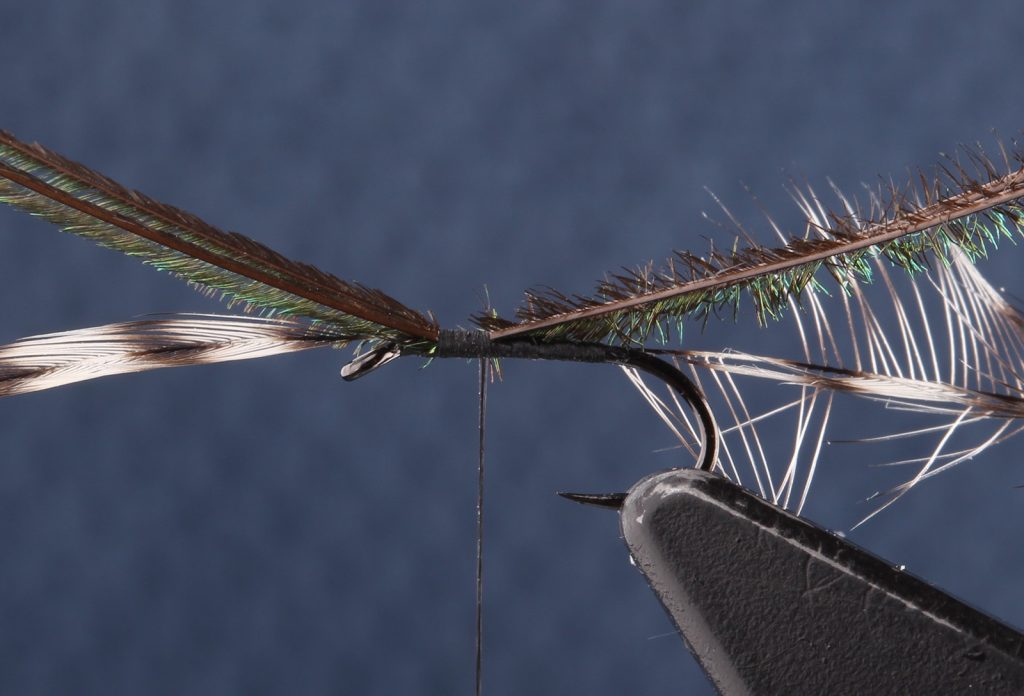
Tie in one or two peacock herls, depending on fly size.
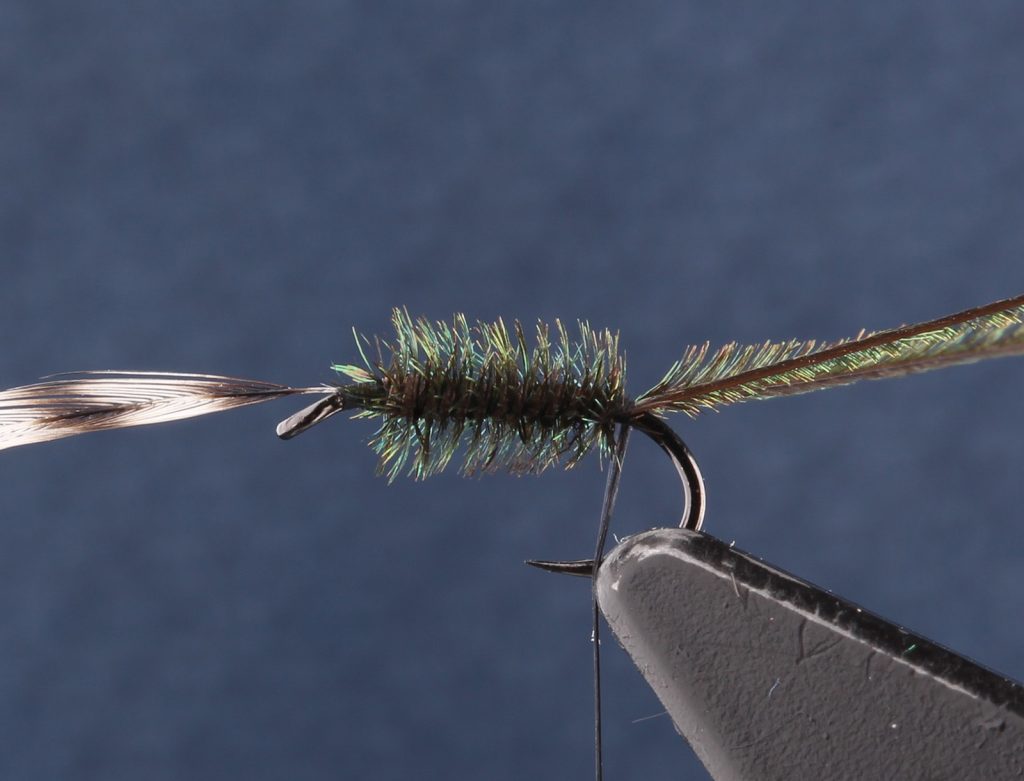
Leaving the thread at the back, wind the peacock herls to the eye of the hook.
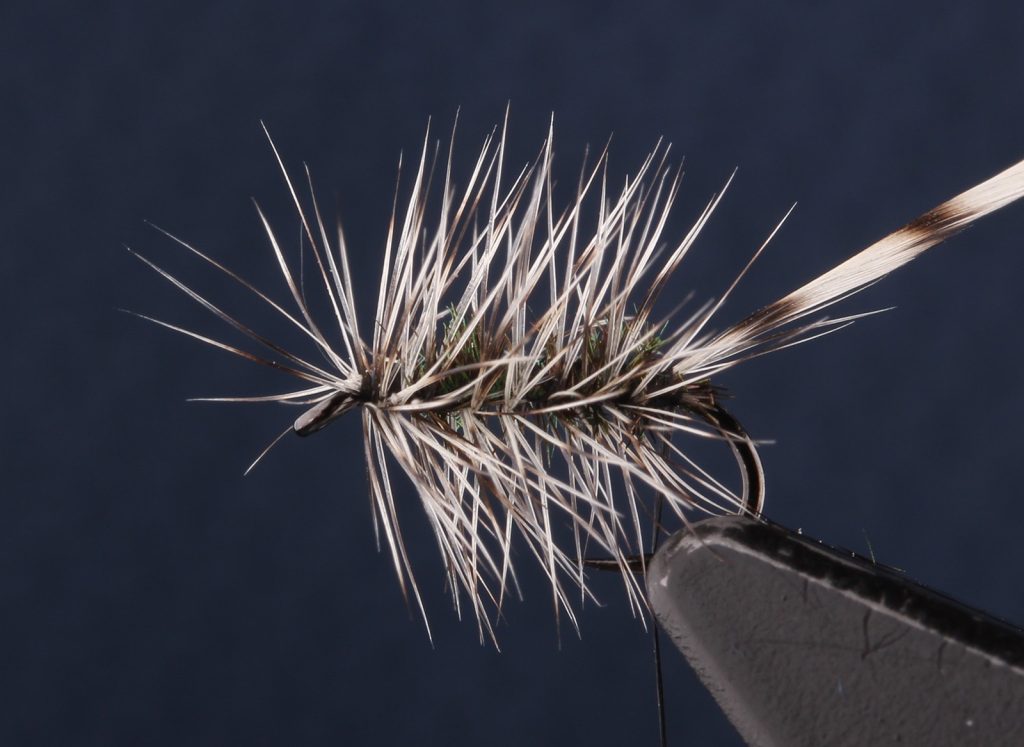
Wind the hackle down to the end of the body and catch it with one or two turns of the thread. You can make the hackle as sparse or dense as you want. Now move the thread up through the hackle and finish at the head. Done!
I often cut the hackle on my Griffith Gnats flush on the underside. That makes them sit lower, which makes the trout think they’re stuck and an easier prey (at least I tell myself that).
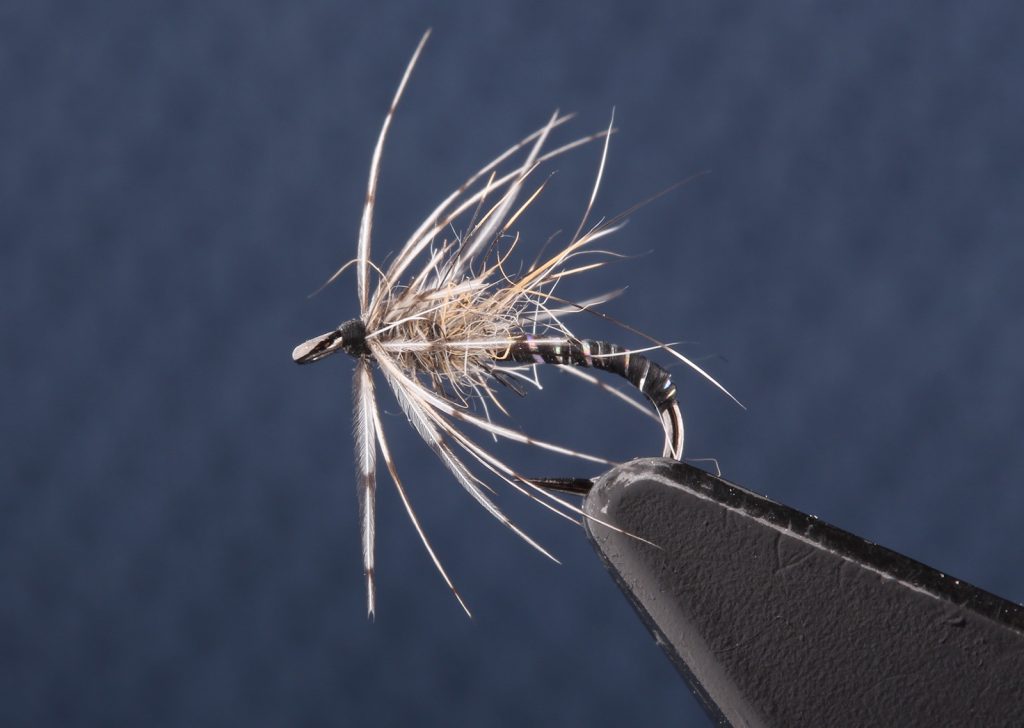
Another good patterns is the simple one by Håkan Karsnäser. It works well as both a dry fly, a pupa and an emerger. The soft partridge hackle makes it effective when retrieved very slowly. Partridge hackles don’t come small enough to match a size 18 hook and smaller, but you can easily swap it with a cheap hen hackle.

Attach the thread and form a dubbing loop and the hook bend.
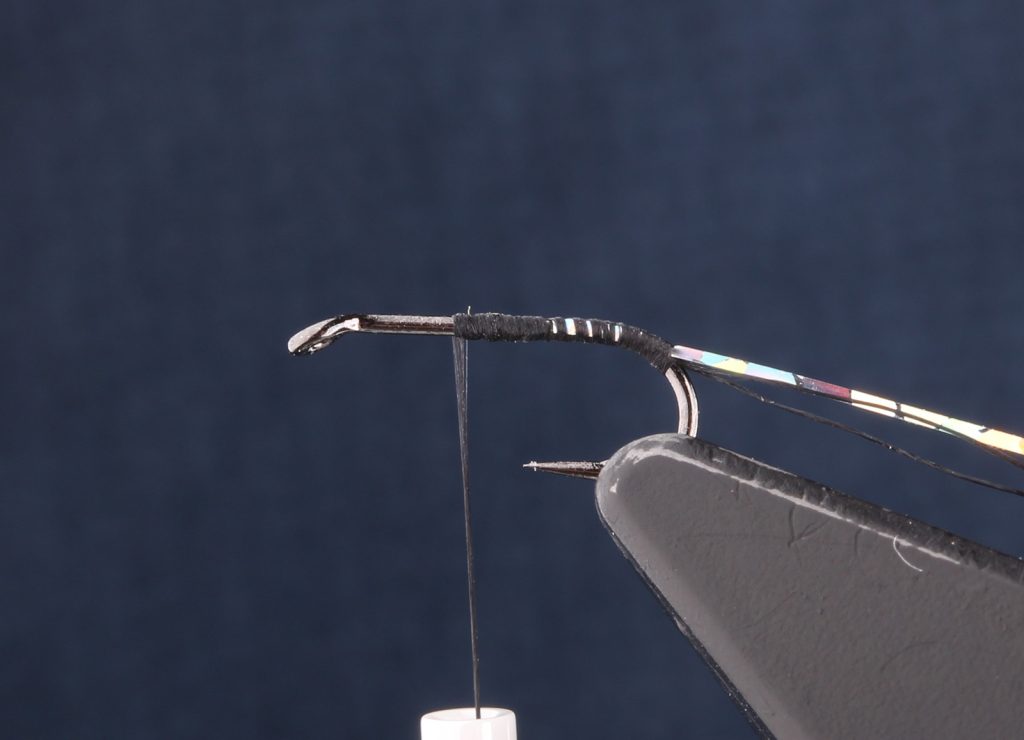
Tie in a short length of silver tinsel (normal silver, holographic, flash – your choice).
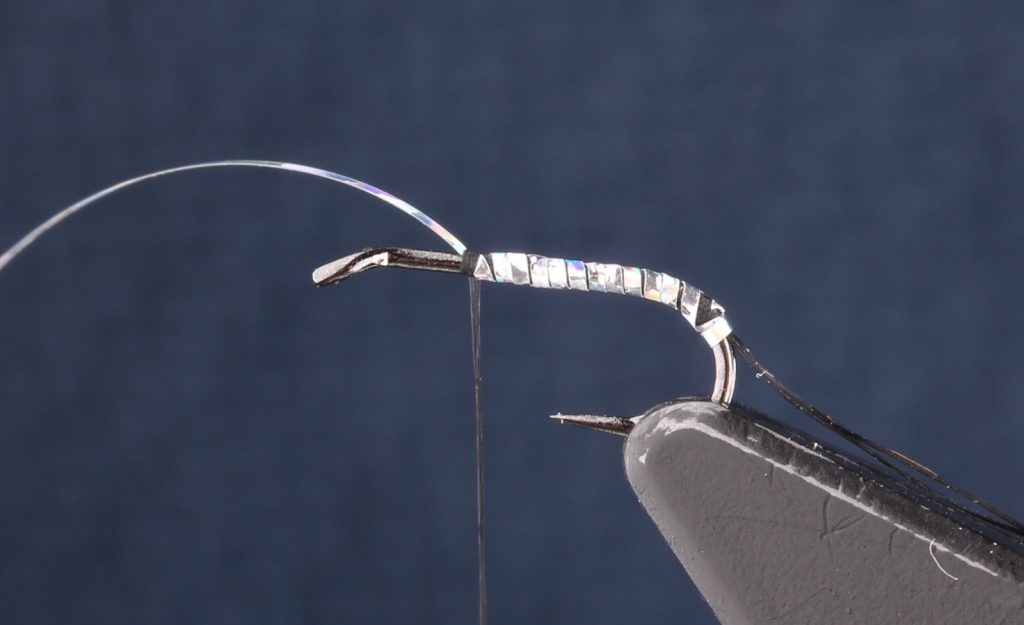
Wind the tinsel to just past the middle of the hook shank.

Wind the dubbing loop (with no dubbing in it) as a rib over the tinsel body. You can apply a thin coat of varnish, glue or UV resin for added durability.
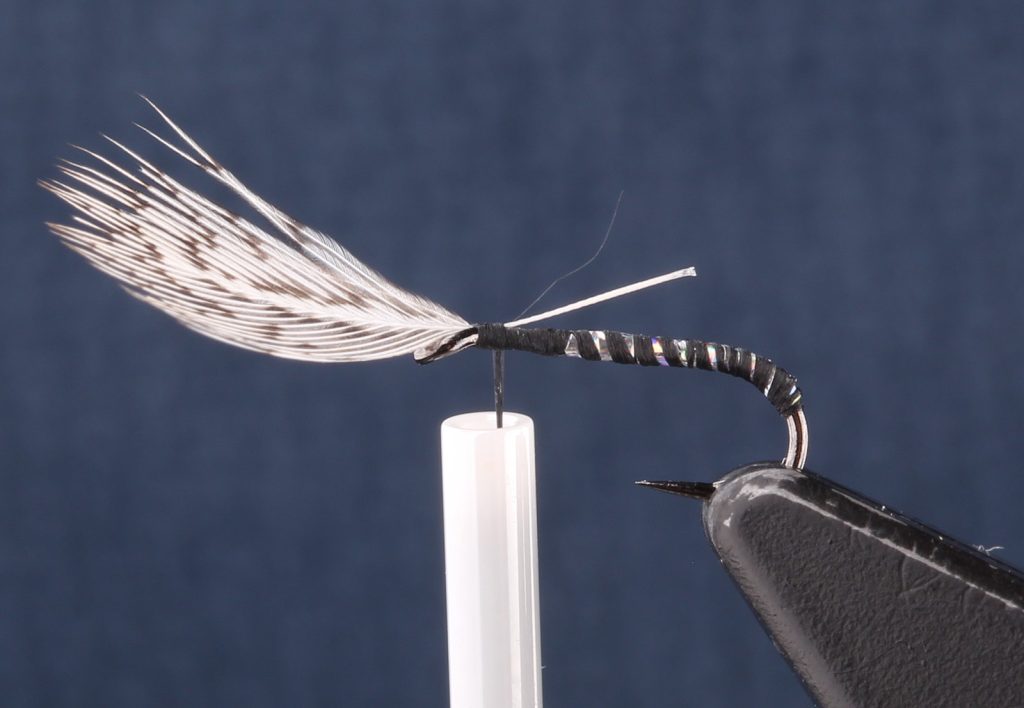
Tie in a partridge feather pointing forwards.

Form a thorax of hare’s dubbing (or dubbing of your choice).
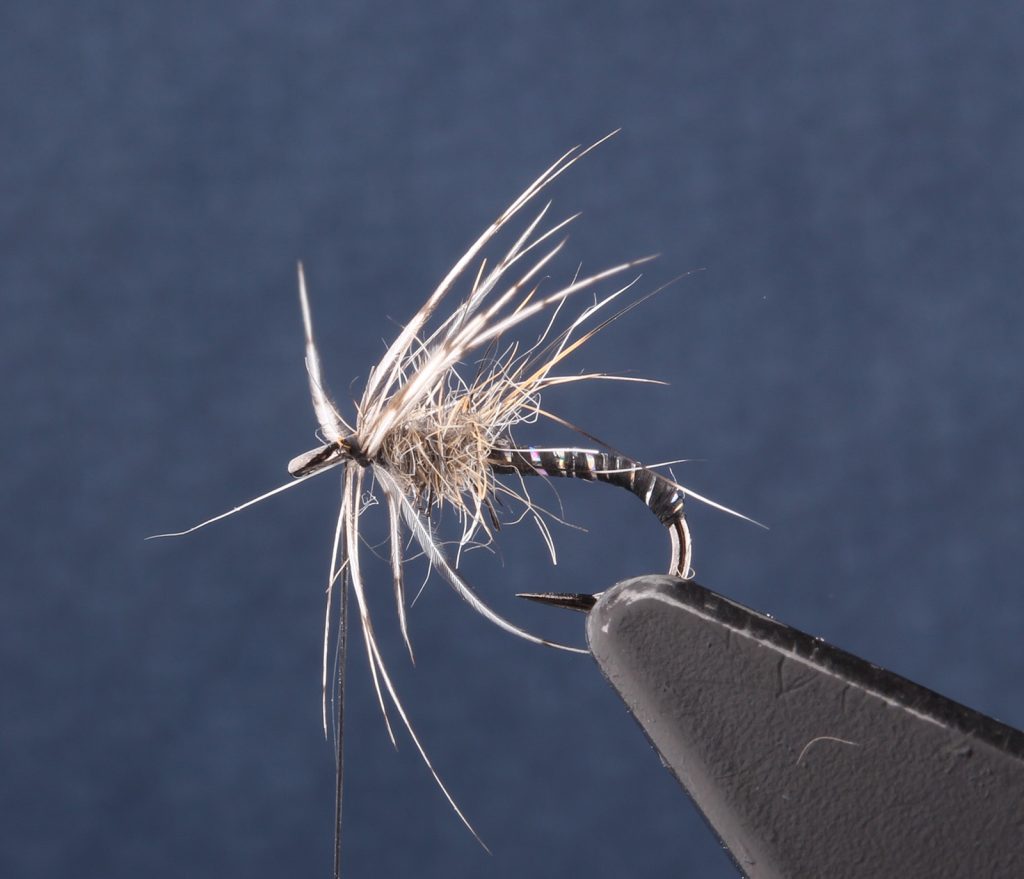
Wind the hackle, two turns is enough and you’re done.
Håkan also ties an excellent emerging midge which you can follow him tying here:
Happy tying and don’t go mad when you’re out there. Just before insanity sets in is where the fishing is best!
